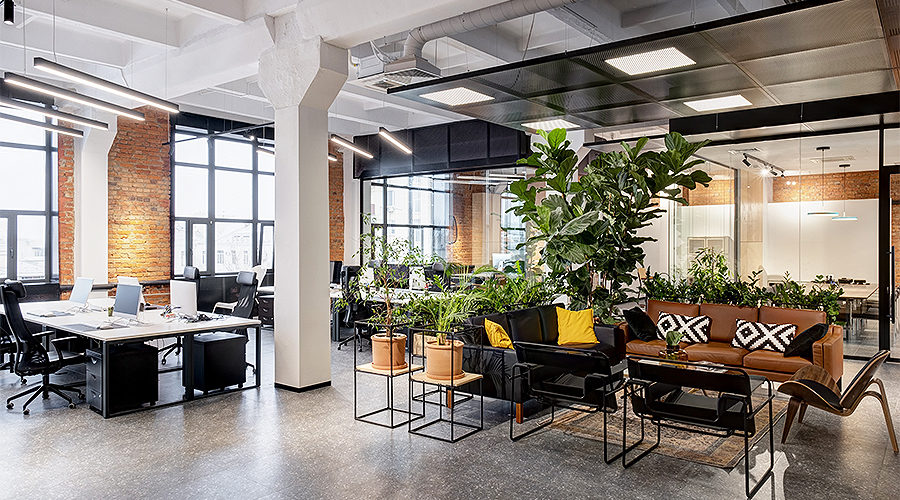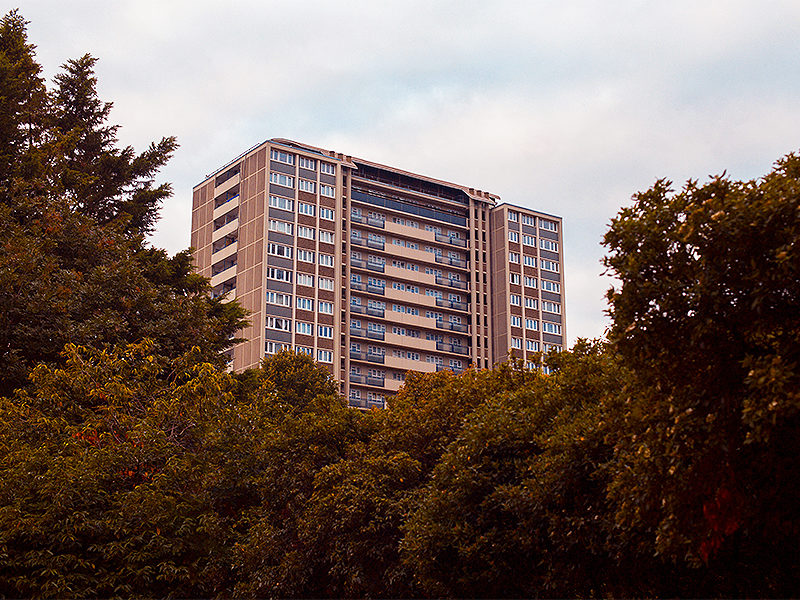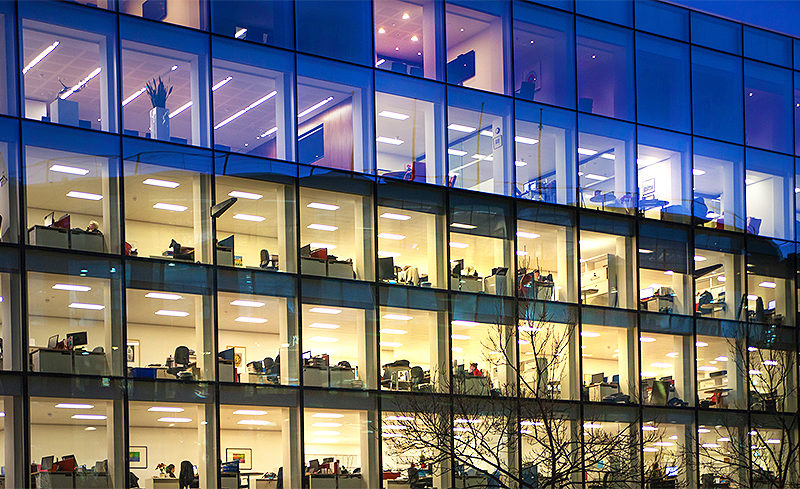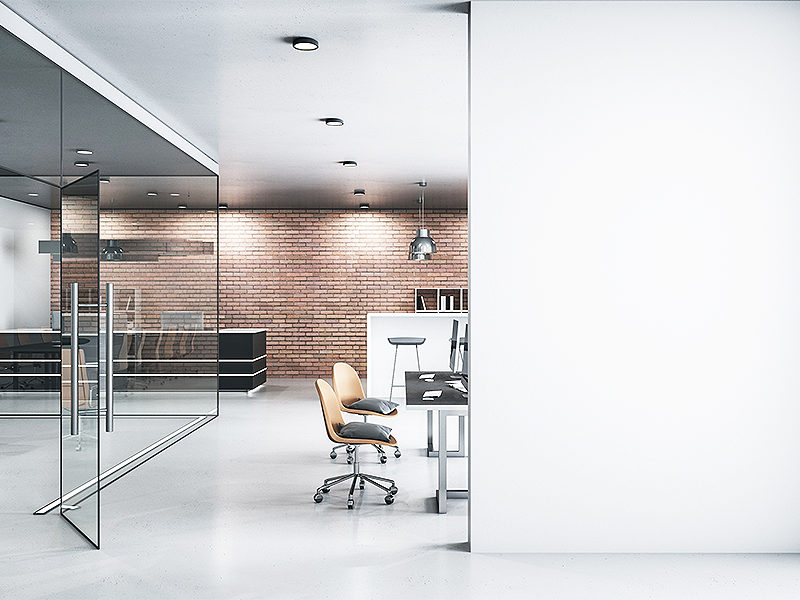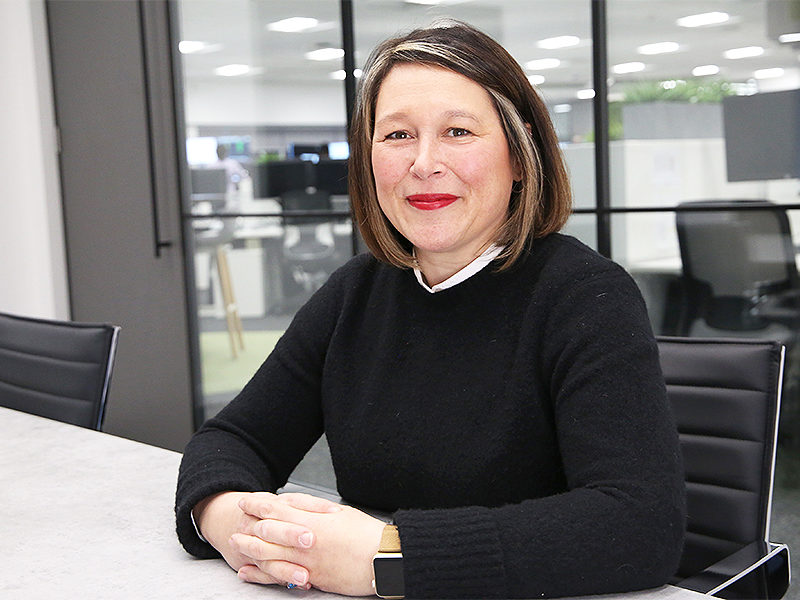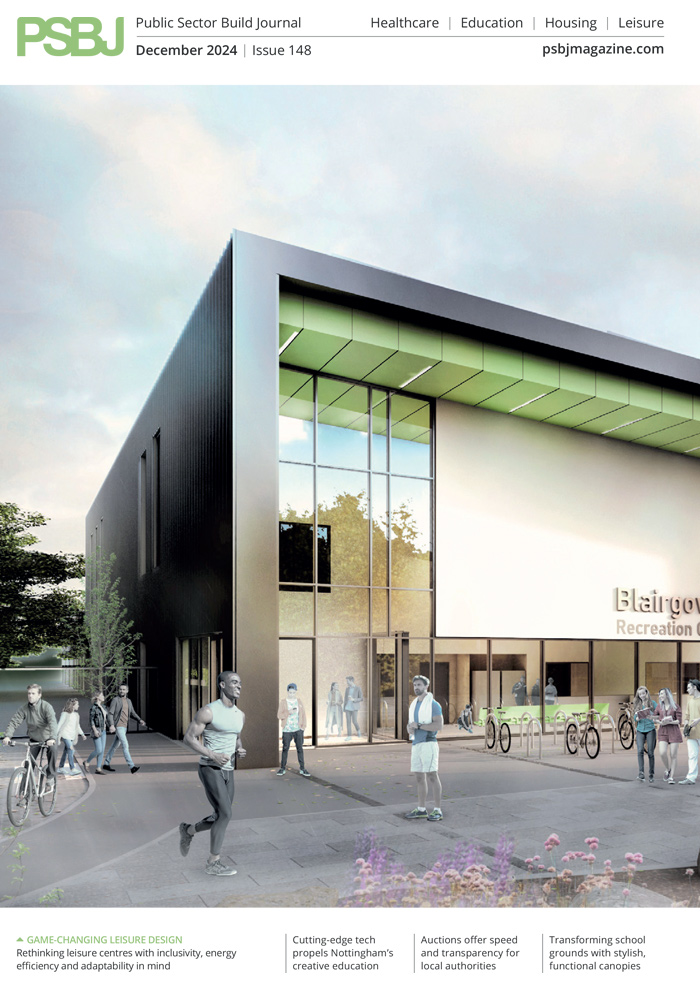With research continuously highlighting the positive effect that an office design can have on employee satisfaction, productivity and retention, it’s no surprise that more employers are looking to enhance their office spaces, as well as making them more energy efficient, says Mairi Murray, Head of Sustainability at BakerHicks.
BakerHicks
But whether building a new office from scratch, or refurbishing and redesigning an existing space, how can you ensure that your building is actually working in the way you intended? How can you ensure it is ultimately delivering the efficiencies you were seeking to achieve? Is something that was meant to be ‘better’ and more economical, actually costing you money? If you don’t know the answer, then a Post-Occupancy Evaluation (POE) could be the solution.
Post-Occupancy Evaluations are not a new concept. They were first introduced more than 40 years ago, but it wasn’t until 2007 that they started to make more of an impact on the agenda of designers and the landlords, agents and managers of the properties themselves.
The process of POE is centred around obtaining feedback and analysing a building’s performance in use after the design, construction and handover phases. In a typical POE, such as those conducted by BakerHicks, this includes collecting building data and information as well as, crucially, speaking to employees/users of the building to understand their level of satisfaction with it. It seeks to gather intelligence regarding a building’s internal environmental conditions (light, noise, temperature, air quality etc.), operations and maintenance, energy and water consumption, and the way in which specific facilities and amenities are being used.
The ultimate aim is to identify any areas of improvement and provide solutions that, in turn, enhance a building’s energy efficiency, increase user satisfaction and reduce operating costs. In the case of an office building, it’s a win-win for both employers and employees. For design teams and project managers, POE can also add real value, enabling learning from both successful and more challenging projects, helping to shape best practice for the future.
But POE’s potential and effectiveness goes beyond office buildings; it can also be a hugely informative and effective tool for public sector sites and social housing developments, helping to ensure buildings perform as they are designed to and helping to justify and validate how the public purse is being spent.
For instance, as featured as a case study in the Royal Institute of British Architects (RIBA) report ‘Post Occupancy Evaluation: an essential tool for the built environment’, Innovate UK, the UK’s national innovation agency, used POE on three low-carbon social housing developments in the South East of England. The homes used a mechanical ventilation with heat recovery (MVHR) system to help maintain heating and ventilation levels, chosen as MVHR systems can significantly reduce energy consumption at relatively low costs. The POE, which included interviews with occupants, revealed that poor installation and commissioning of the MVHR system had actually resulted in worsened performance in fresh air supply, indoor air quality and high energy consumption, which was only made worse by a poor understanding and misuse of the system among residents. This is a prime example of a POE identifying systems that are not delivering what they were designed to. It’s all well and good to deploy systems that, on paper, can help deliver greater efficiencies and reduce costs, but if the systems are not installed, commissioned or used correctly, then these efficiencies won’t be realised.
For all the benefits POE can deliver, it remains overlooked and underused, despite lobbying from organisations like RIBA for the Government to make POE a mandatory condition for all publicly funded buildings. Cost, unsurprisingly, is the most obvious and common obstacle in the way, but one that doesn’t really stack up – certainly not in the long run.
The alternative option, of reactive maintenance or ‘run to failure’, and only tending to building systems when they stop working, is ultimately more expensive. It makes budget management almost impossible and fundamentally, doing the bare minimum often leads to repeated failures.
Using POE can identify and enable new systems and processes that increase energy efficiency, reduce energy costs and, in turn, reduce operational costs. It also helps to keep building users happy, which, in the case of an office environment, has been proven to increase productivity. The possibilities and potential value of utilising POE are endless, but until they are fully embraced, and their use becomes more widespread, there is a danger that this value will be unrealised.
SOURCE: www.architecture.com



